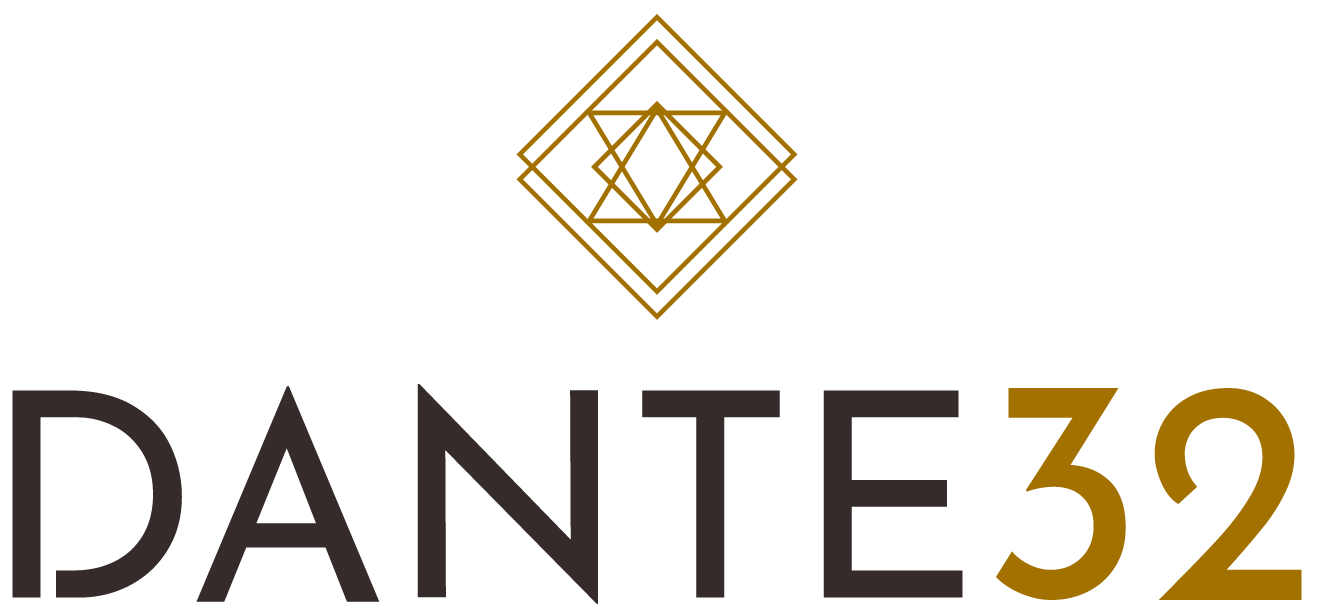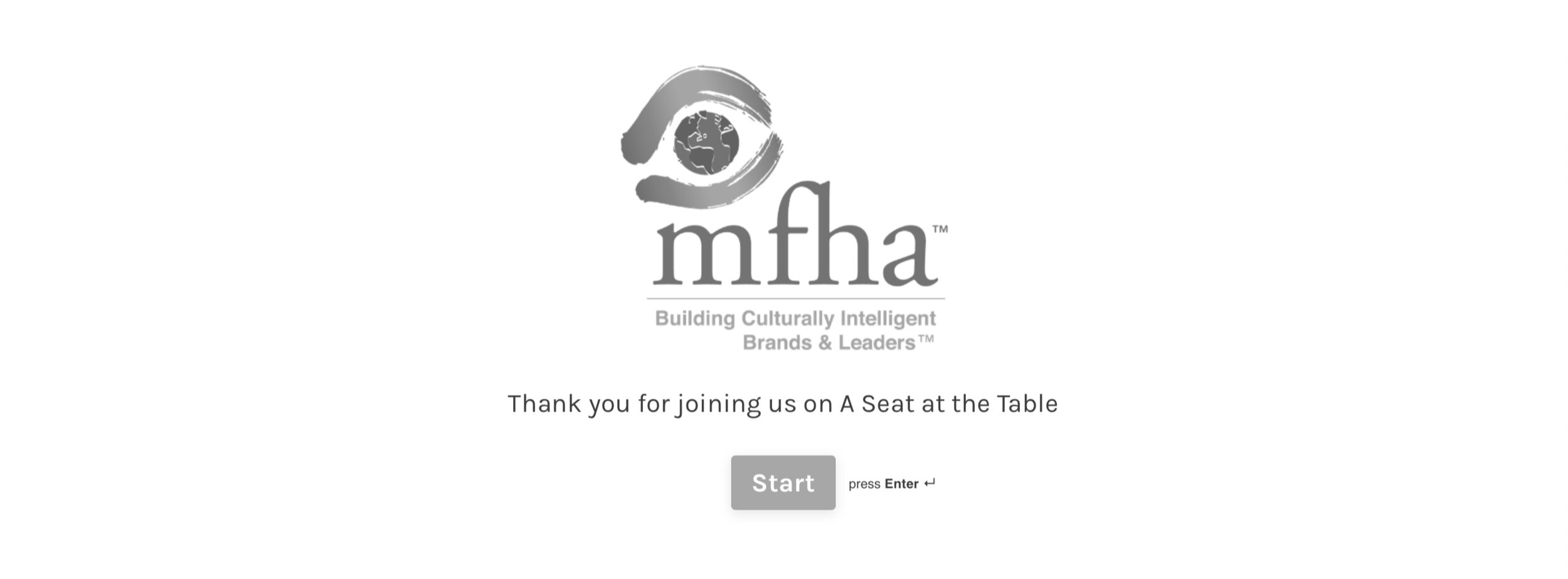Creating a Guest Form for Your Podcast
Why create a guest form?
When a guest agrees to appear on your podcast, there are several things that you can do to make the process more pleasant and seamless for your guest. One of the best things is creating an easy form for them to fill out prior to their interview. Using a tool like Typeform, Google Forms or something similar, you can collect the information you need to not only prep for the interview, but also to make sure that you’re setting the right expectations for the guest. This won't replace the need for your own research and prep, but it can help you fix any incorrect information you find during the research process. I know you won't believe this, but sometimes the info you find on the internet can be wrong!
Recommended Questions
Let's take a look at questions you should definitely include:
Preferred name and pronouns - Asking someone how they’d like to be addressed is the first step in treating them with respect and making sure your interview starts off on the right foot. Some people have nicknames, middle names, or professional titles that they prefer when speaking publicly. Getting someone’s preferred pronouns is a great way to convey to them that you see and respect how they like to be identified.
Preferred title or role - Depending on the subject of the interview, they may prefer to use one title versus another, or perhaps they've recently changed roles.
Organization - Similar to the question above, they may want to promote or put the focus on one organization over another.
Bio - This is the guests' preferred bio. Some guests may want to use a very professional bio while others may want to use a bio that is more personal.
Headshot - Getting a good headshot of your guest will be useful as you prep your promotion and marketing materials. Nothing is worse than trying to pull an image from the internet and not finding a good one.
Release - This should be a standard release that gives you permission to record and use the guest’s voice as well as their likeness during the promotion of the episode. It should also protect you against claims of defamation, copyright infringement, and more. Below you’ll find an example release.
Disclaimer: The example below should not be construed as legal advice. You should consult your own legal counsel to create a release specifically for your purposes.
For consideration which I acknowledge, I consent to the recording of my statements and grant to _________________ (“Host”) and the Host's assigns, licensees, and successors the right to copy, reproduce, and use all or a portion of the statements (the “Interview”) for incorporation in the ___________________ (the “Podcast”).
I permit the use of all or a portion of the Interview in the Podcast in all forms and media including advertising and related promotion throughout the world and in perpetuity. I grant the right to use my image and name in connection with all uses of the Interview and waive the right to inspect or approve use of my Interview as incorporated in the Podcast. I release the Host and the Host's assigns, licensees, and successors from any claims that may arise regarding the use of the Interview including any claims of defamation, invasion of privacy, or infringement of moral rights, rights of publicity, or copyright.
I acknowledge that I have no ownership rights in the Podcast. The Host is not obligated to utilize the rights granted in this Agreement.
I have read and understood this agreement and I am over the age of 18. This Agreement expresses the complete understanding of the parties.
Optional Questions
Now that we've covered the components you should definitely include, let's take a look at some optional items to add to your form. While the below are not strictly required, they will make your production process smoother. You do want to make sure your form is not an imposition to your guests, so only you and your team will know how long to make it.
Links - Any links that the guest wants to make sure are discussed during the episode or included in the show notes. Any info here will also help prep for the interview itself by giving you references and topic ideas.
Topics they’re excited to talk about - The best episodes are ones where the guest is engaged and excited to be on the show. Nothing makes that easier than making sure to cover things they are passionate about and excited to discuss.
Their equipment - We've all been there: your guest shows up on your recording software and has no headphones, no mic, and are now screaming into their computer monitor. That's not the right foot to start your interview off on. Asking the guest beforehand what they're expecting to use allows you to avoid that situation.
Expectations - This is kind of a catch-all question, but some guests may or may not know what to expect from a podcast interview. You can also use this section to give the guest some example questions or episodes of your podcast to listen to prior to coming on the show.
Embedding Your Form
This is an optional step, but one that's highly recommended: before sending your form to your guests, embed it into a page on your podcast website. That way, when sending it to your guests, you're sending out a link to an URL that you control and can change the contents of as needed. Some examples of changes you might want to make are changing the form tool you’re using, adding some additional design elements, or enabling analytics. If you’ve shared a link directly to your site, you can make these changes without being limited to what your form tool provides.
Here is an example of how to get the right HTML embed codes using Typeform:
Once your form is created and published, click 'Share' at the top of the page:
Scroll to the middle of the page under the section that says 'Embed in a web page'. You can either select your embed type here, or on the next screen. If you're unsure, just select Standard:
From here you can configure your embed type. Typeform offers an array of embed types and design elements. Don't be afraid to go through some trial and error to see what you like. You'll see a live example of the form on the right side of the page. Once you're satisfied with your form's design, click the button at the bottom that says 'Get the code.'
The resulting pop up window will contain the HTML embed code you'll need for your website. Click the button that says 'Copy code' to copy the HTML to your clipboard. You'll need to add this to your website in order to embed your form:
The specific way you embed will vary by platform, but some common platforms are listed below to help get you started:
Adding a guest form to your production process is one of the easiest and simplest ways to not only add some professionalism to your show, but also to make sure your guest has a pleasant experience in the process. That will make for a better interview, make them more willing to share the episode when it’s released, and hopefully, give you a new avenue to book future guests.





